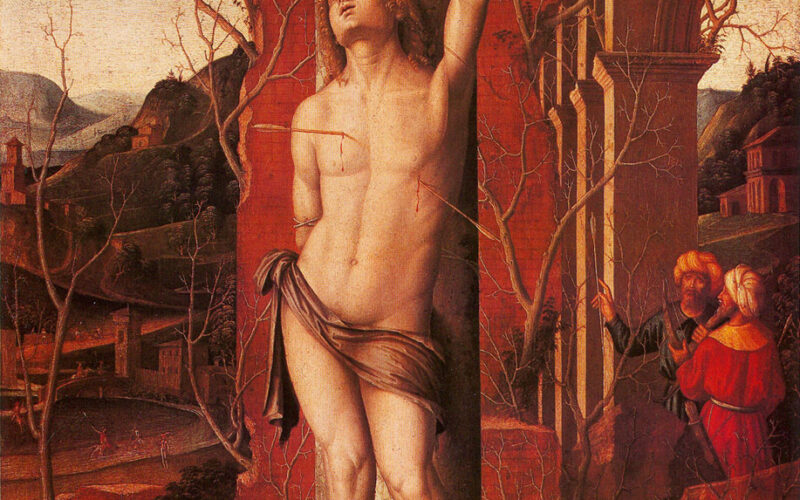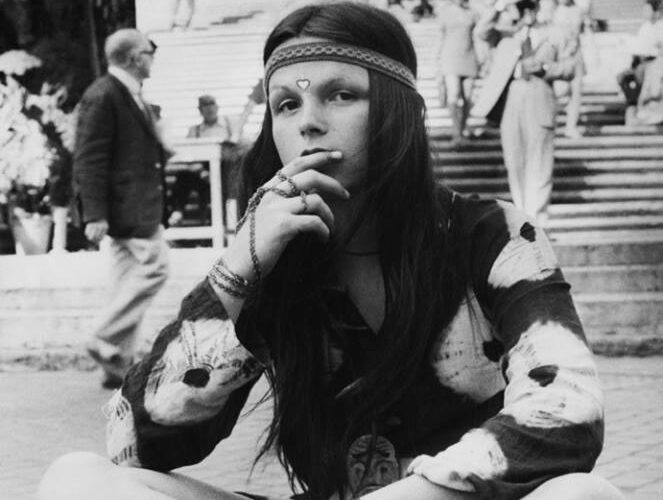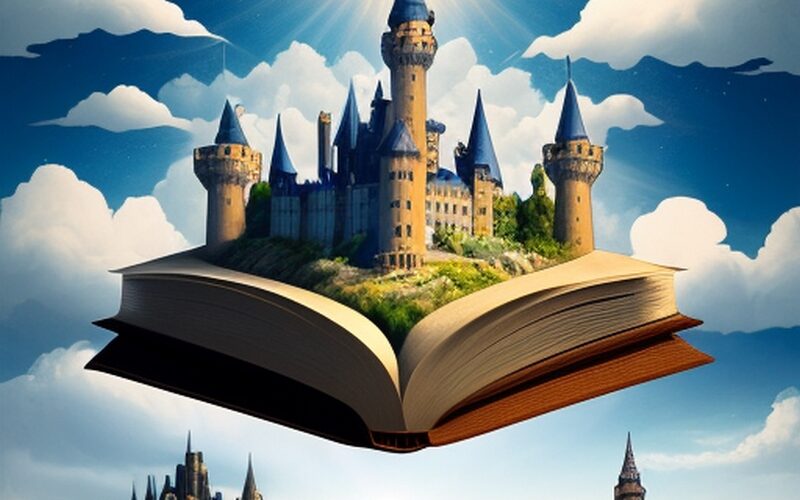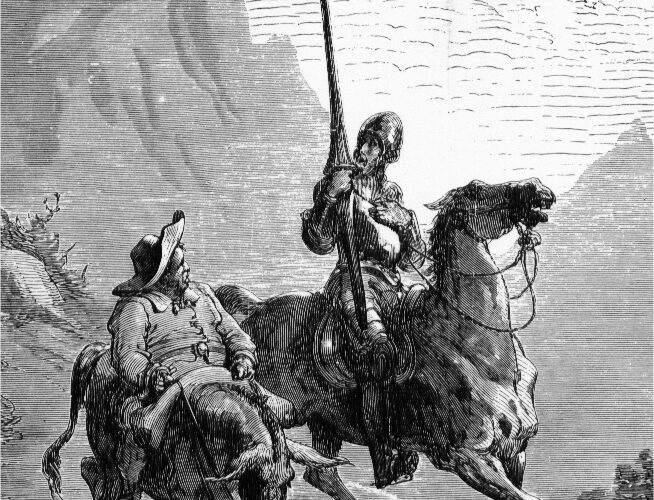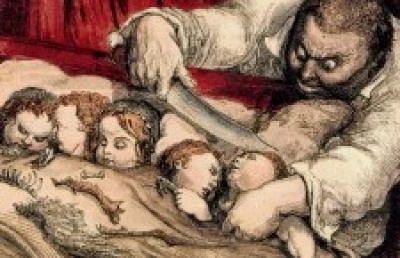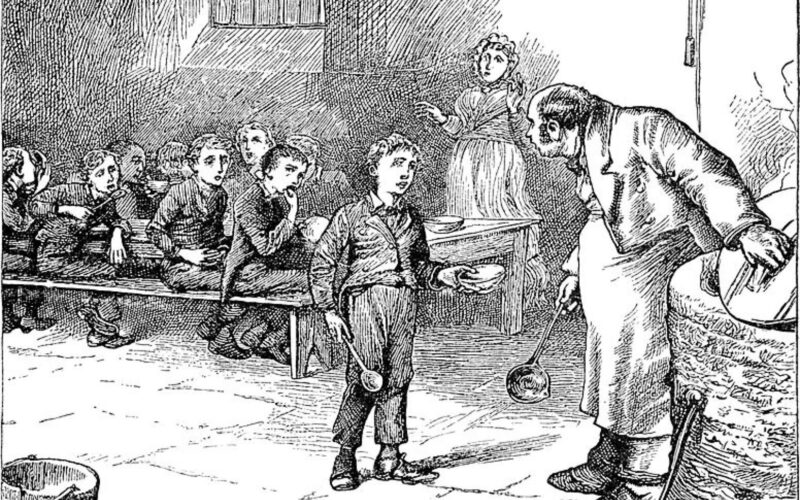
The Naked Cherubs of Art: A Spicy Perspective on the Divine
If you've ever visited an art gallery or museum, you've surely noticed a peculiar trend: cherubs, those adorable and plump angelic creatures, are constantly nude. Regardless of the context, climate, or occasion, these little angels seem to have a true aversion to clothing. But why? Why does art persistently depict cherubs as committed nudists?To answer this question, we must delve into the iconography and symbolism of Renaissance and Baroque art. Cherubs, derived from the "cupids" of ancient Rome, have become a staple in Christian art. They represent innocence, purity, and, in a sense, heaven itself - a place where human…

